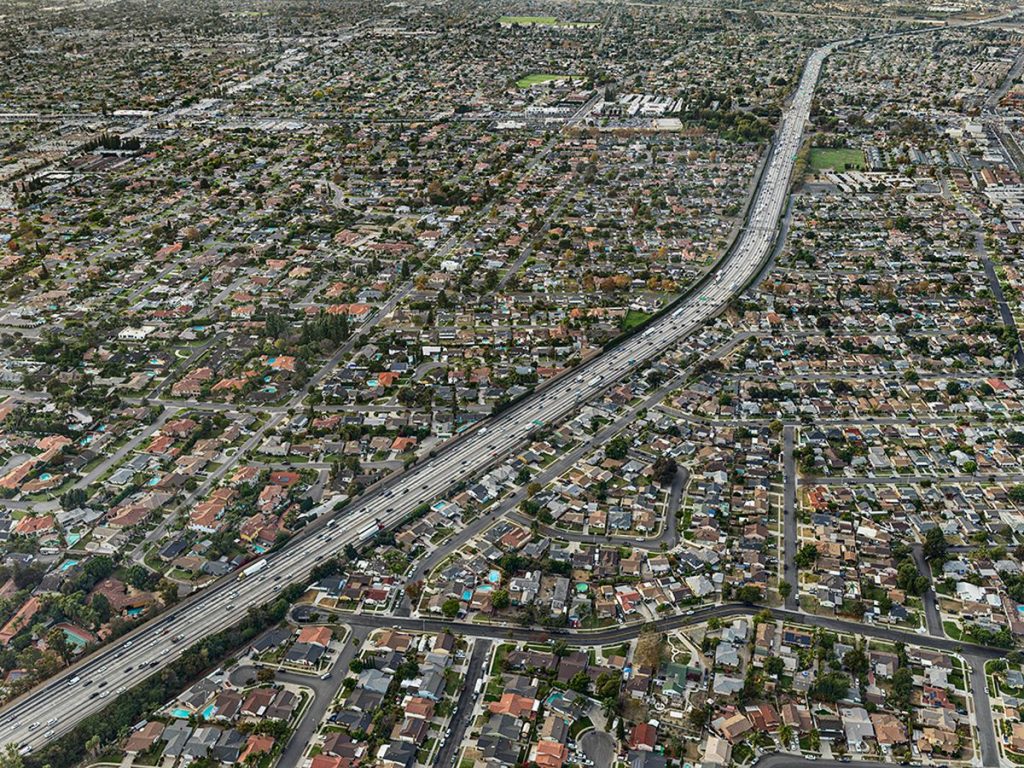Anthropocene art show and documentary will shock you with a view of human impact on the planet

By Kate Taylor
The Globe and Mail
The project, which includes not only a new documentary but also two museum exhibitions and an art book, gives a chilling, yet sometimes beautiful, examination of the indelible and spreading mark of human activity on the planet.
Like some eerie sculpture, a dome-shaped pile of elephant tusks glimmers in a darkened gallery. It’s a non-existent thing, the virtual recreation of a huge cache of contraband ivory burned to ashes two years ago.
Poaching is pushing the African elephant to the brink, yet another example of our species’ pervasive impact on the planet. The indelible and spreading mark of human activity is the meaning of the term Anthropocene and the theme of a four-year collaboration between award-winning landscape photographer Edward Burtynsky and the documentary filmmakers Jennifer Baichwal and Nicholas de Pencier. Following on their environmental films Manufactured Landscapes and Watermark, the Anthropocene project includes not only a new documentary but also two museum exhibitions and an art book.
To produce it, the trio visited every continent except Antarctica, stopping in 20 different countries. One of those countries was Kenya where in 2016 their cameras recorded an unusual event: the burning of 100 tonnes of elephant tusks and rhino horns by government officials. Determined to save these species by demonstrating to poachers that the ivory and horn is worthless unless attached to a living animal, the Kenyan president Uhuru Kenyatta set light to the largest pile.
Read the full article here.
